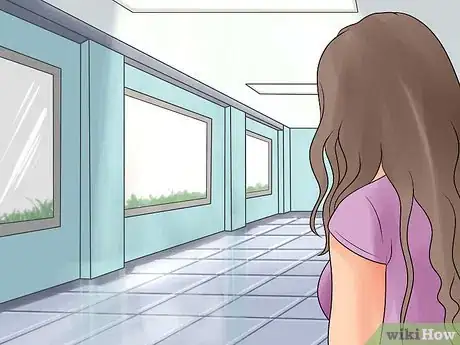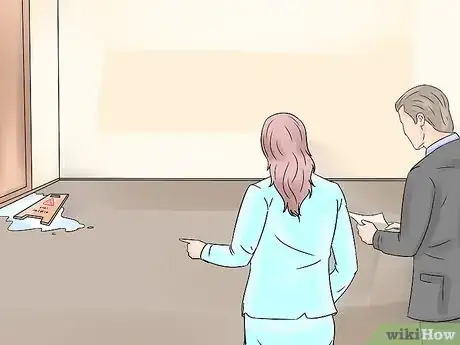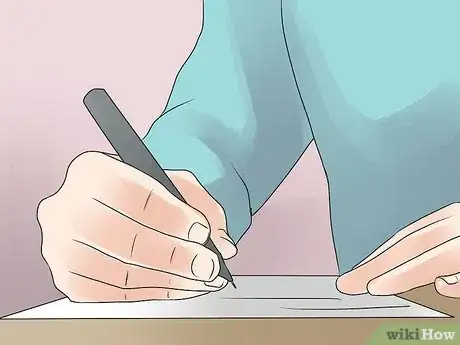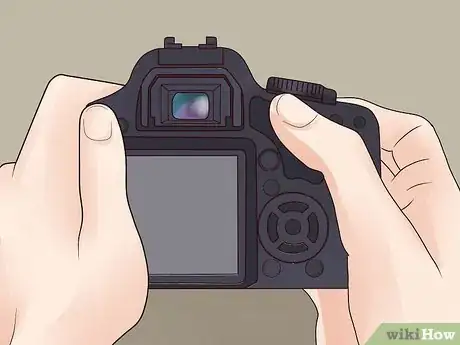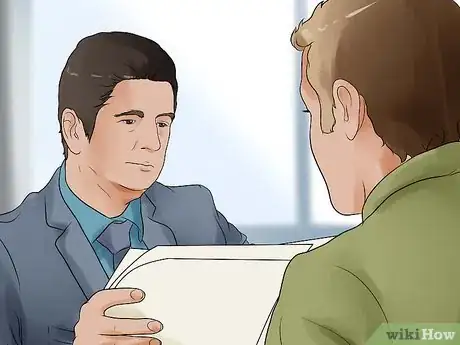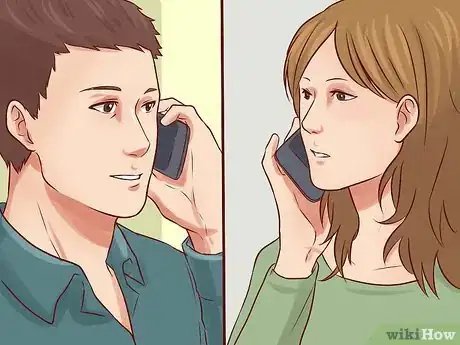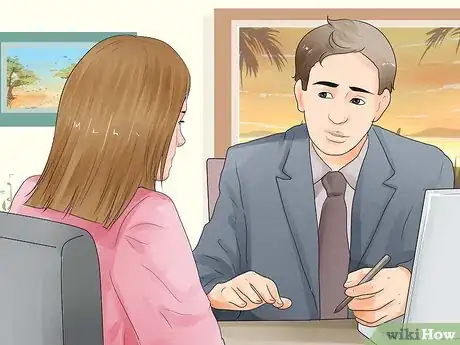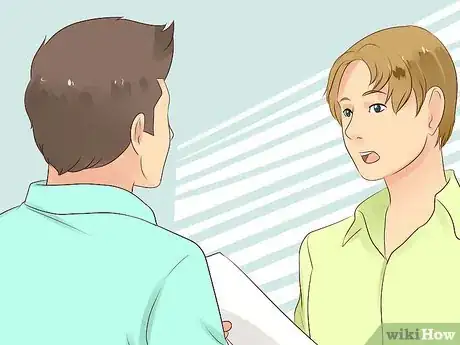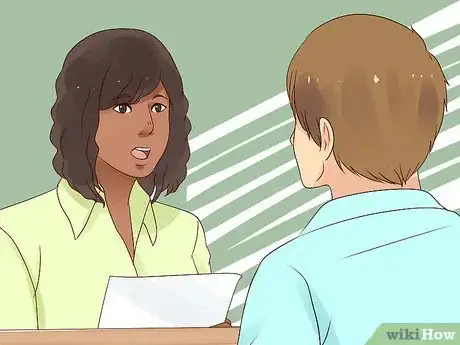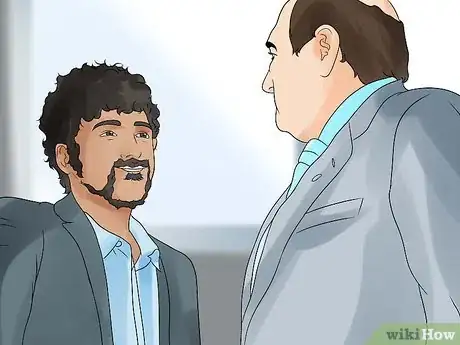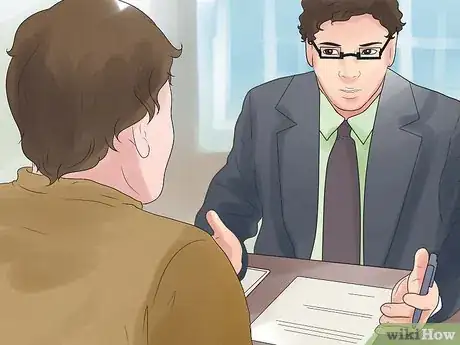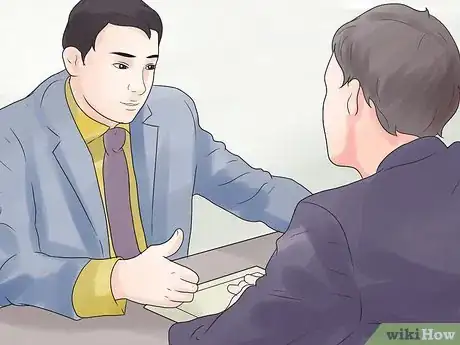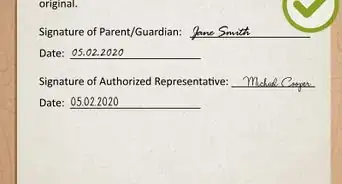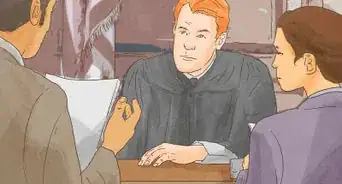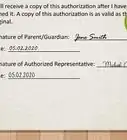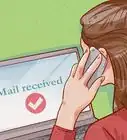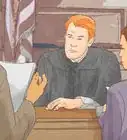This article was co-authored by Clinton M. Sandvick, JD, PhD. Clinton M. Sandvick worked as a civil litigator in California for over 7 years. He received his JD from the University of Wisconsin-Madison in 1998 and his PhD in American History from the University of Oregon in 2013.
wikiHow marks an article as reader-approved once it receives enough positive feedback. In this case, 92% of readers who voted found the article helpful, earning it our reader-approved status.
This article has been viewed 147,771 times.
Millions of people slip and fall every year and require emergency treatment. Under certain conditions, these incidents can lead to legal actions typically known as slip and fall cases. These cases usually fall into the broader category of “premises liability” cases because the person who owns the property can be held legally responsible for accidents that occur on the property. Slip and fall cases can go to trial, or the parties can also avoid trial by reaching a settlement through lawyers or another third-party mediator. Prepare your evidence and establish your case if you seek to win a slip and fall settlement from an accident and injury.
Steps
Documenting the Fall
-
1Understand the burden of proof. Determining whether the property owner is at fault for your slip and fall is an individual determination that will not rest on the same evidence in every case. Generally, the court will look at:
- Whether the property owner acted carefully so that slipping or tripping was not likely to happen
- Whether you caused your own fall by not seeing the condition or hazard that caused the fall when you should have seen it.
- Whether the property owner knew about the “dangerous condition” that caused your slip and fall either by causing it or negligently failing to fix it
- Whether the “dangerous condition” existed for a length of time where the property owner had reasonable time to fix it
-
2Note whether the accident happened on commercial or residential property. If you fall at a business, you must prove that the owner of the property or an employee of the business caused the unsafe condition, did nothing about it despite knowledge of the condition, or should have reasonably known of the dangerous surface.
- Proving that the owner or employee “should have known” about the dangerous condition is difficult because the judge or jury deciding your case will decide. The question that the judge or jury will ask is whether or not a reasonable (average or normal) person would have discovered the dangerous condition fixed it upon discovery.
- If you slipped or fell at a residence, the landlord or owner may be held liable if you show that the person had control over the dangerous condition, repairing the dangerous condition would not have been unreasonably expensive or difficult, that a serious injury was the foreseeable consequence of the condition, and that the owner or landlord's failure to take reasonable steps to avoid an accident caused your slip and fall injury.
Advertisement -
3Note the circumstances surrounding the accident. If you believe that the owner of the premises where you fell caused your injury, write down what happened right after the accident while it’s still fresh in your mind. This information should include any visible defects in the surface where you fell, whether warning signs were present, and any contributing weather conditions.[1] Visible defects important to note include:
- Torn carpeting
- Changes in flooring levels
- Poor lighting
- Poorly maintained railings on stairs
- Cracked or broken sidewalks
- Narrow stairs
- Wet or icy flooring
-
4Document the shoes and clothing worn at the time. If you do not have evidence about the shoes and clothes that you were wearing, the owner of the property could attempt to place the blame for your fall on you. Keep the clothing and shoes aside. Do not wear them until after you have settled your case if possible.
-
5Write down the reaction of the owner/employees when you fell. If a representative of the business offered to pay medical expenses or even admitted fault by way of apology, you can use this information in your case. While such admissions cannot always be used at trial, your attorney may use statements indicating fault at a settlement negotiation.
Preserving Other Evidence
-
1Find witnesses. If you can move around after your fall, look for people nearby who may have seen the fall. Ask them if they would be willing to make a brief statement about what they saw. Write down the statements and contact information for each witness.[2]
- If any friends or family are present at the time, ask them to look for witnesses on your behalf.
- Witness testimony is very helpful in proving your case. Third-party witnesses are not invested in the outcome of the case, which makes their testimony more convincing to judges and jurors in the event of a trial. Objective witnesses can also mean larger settlements to avoid trial.[3]
-
2Photograph where you fell. Take photos from a variety of angles as soon after the incident as possible.[4] For example, take the photos at night if you fell at night. You're trying to recreate the environment of the fall.
- If you are hospitalized or in too much pain, ask a friend or family member to return and photograph the area for you.
- For dangerous conditions such as a faulty railing, the owner will likely fix the problem immediately after the incident. Get the pictures as soon as possible.
-
3See a doctor. Even if your injuries aren't severe, you should still see a doctor. Most slip and fall injuries are not immediately visible, but your doctor will know what to look for. Your doctor visit will also create useful medical documentation.[5]
- Keep records of any follow-up appointments or treatments, including physical rehabilitation.
- Medical documentation provides a link of causation between the accident and your injury. You must prove that the injuries resulted from the fall and were not preexisting to win a settlement. Even injuries made worse by the fall may receive a lower settlement than injuries that did not exist prior to the fall.
- Choose a traditional M.D. as opposed to an alternative medical practitioner or a chiropractor. Their statements hold up better in court and with insurance companies.
-
4Photograph your injuries. Again, try to do this immediately after you fall. Since many slip and fall accidents result in bruising, regularly photograph your injury over the following days.[6]
- Take photos of bloodied or damaged clothing. Don't be afraid if the photos are a graphic bloody depiction of your injury. This can persuade juries as to the severity of your injuries.[7]
- Showing the pictures to the property owner could encourage him or her to offer you money to settle the case.
-
5Cite legal precedents. A lawyer will be more familiar with legal precedents, but citing these broader laws for cases similar to yours will also work in your favor. For example, in a worker's compensation case, use guidelines from the federal Occupational Safety and Health Administration (OSHA) to help shore up a case and win settlement money.
Hiring a Lawyer
-
1Make a list of personal injury attorneys in your area. Include the attorney’s name, address, phone number, and website address. You can search for lawyers in your area online under “personal injury attorneys.” You can also look in the yellow pages under “attorney.”
- You can also find a local personal injury attorney by visiting your state bar association’s website or calling and asking for a referral.
- While you could represent yourself, a lawyer will research laws in your region, communicate with the insurers and those responsible for your fall, and make sure you have persuasive evidence to present.[8]
-
2Gather referrals and recommendations. You can eliminate lawyers from your list by looking for recommendations and referrals. Talk to friends and family, read online reviews, and disciplinary records for the attorneys on the list you have compiled.
- State bar associations keep public records about complaints and disciplinary actions taken against attorneys licensed to practice in the state. You can find your bar association’s website by selecting your state from the State & Local Bar Associations page provided by the American Bar Association.
- If any attorneys cannot take your case, ask if they have any recommendations for an appropriate attorney for your case.
-
3Review attorney websites. You can whittle down your attorney list further by reviewing the website of each. Look for:
- Information pertaining to slip and fall cases or other personal injury suits
- A professional website free of misspellings, grammatical errors, etc.
- Background information, such as education, work history, and specialization—you don’t want a personal injury attorney who only handles medical malpractice, for instance
-
4Discuss fee arrangements and other costs. Most lawyers will want to work on a contingency fee basis. Paying an attorney for this type of case on an hourly basis can be risky because outcomes in slip and fall cases are difficult to predict. Paying using a contingency fee means that you only pay the lawyer if you recover money in your case. He or she will get a percentage of the money awarded. If the case is lost, you won't owe any legal fees for the attorney’s work.[9]
- Contingency fee arrangement percentages vary, but 30% to 40% is common. Make sure you discuss what you are responsible for paying and how much of a percentage the attorney will take from your settlement if you win.
- Even without legal fees, most lawyers will require you to pay some or all related costs upfront. Possible costs include:
- Filing costs
- Costs for serving the opposing party with a copy of the complaint
- Paying the court reporter to record any depositions
- Paying for expert witnesses to testify if your case ends up going to trial
-
5Discuss possible outcomes with the attorney. If you are thinking of entering into a contingency fee agreement, you should also discuss with the attorney what the possible outcomes for your case are. For example, you may want to consider another type of fee arrangement if the attorney says that you are likely to win only a small amount of money. After paying the attorney’s fee, you could end up with an insufficient amount for your medical expenses.
Preparing for Your Case
-
1Come up with a plan. Talk with your lawyer and start to come up with your plan. Show your lawyer all of the evidence that you have, including photographs, medical records and witness statements that you collected.
-
2Be honest with your attorney. Even if there are facts in your case that are not favorable to you, you must tell your attorney. Lying to your attorney will only hurt you and your case. The attorney can only anticipate what the defending attorney will bring up if he or she knows all of the information in advance.
- If you lie to your attorney, he or she may ask to withdraw from your case, leaving you without a lawyer.
-
3Listen to your attorney. Leading up to the trial or any settlement negotiations, listen to everything that your attorney tells you. Everything they tell you to do is to help you even if you find his or her instructions stupid or out of character. Attorney’s have experience going to trial, reading juries, and planning strategies. Anything they tell you to do is part of the plan to get the jury or judge to award you more money or to get the opposing party to offer you a favorable settlement.
- For example, your attorney may tell you to dress a certain way when you appear in court. Do as they say even if dressing that way seems unnatural to you.
- Additionally, your attorney may tell you how to act during your trial. For instance, your attorney could tell you to sit quietly and occasionally make eye contact with the jury. He or she may also caution you not to display anger of any kind in the courtroom, even if you think that people are lying about you or things are not going your way.
-
4Act professionally in any settlement negotiations. If you attend any face-to-face settlement negotiations with your attorney, do not act in a way that will make your opposing party reduce the amount that they offer you. Even if you hate the opposing party or are angry because of your injury, being polite is much more effective than being rude or yelling.
- If the opposing party does not offer what you think you deserve as a settlement, stay calm and do not let the other side see you sweat.
- Your lawyer can negotiate a higher settlement, or you can reject an offer that you think is too low.
-
5Discuss whether or not you should accept any settlement offers with your attorney. Your attorney is required to tell you about any settlement offers. You should discuss the pros and cons of accepting any offers with your attorney, as well as how much more your attorney thinks you could recover.
- For example, if your attorney thinks the settlement offer is the best you will get and you don’t have great chances at trial, you may want to seriously consider settling. However, you are never required to accept a settlement offer, and should not feel pressured to do so by your attorney.
Considering Mediation
-
1Discuss mediation with your attorney. There are out of court programs to help parties settle disputes. One of these programs is called mediation. Talk with your attorney and discuss whether mediation may be a good fit for you.
- Mediation is the attempt to settle a legal dispute through active participation of a third party (the mediator) who works to find areas of agreement between the parties. A mediator seeks to make opposing parties agree on a fair settlement.
-
2Speak with the mediator. The mediator will listen to each party’s views on the case, and can point out strengths and weaknesses in each side of the case. The mediation process is more informal than a trial, which can make people more comfortable. Sometimes having an outsider look at the case allows the parties to see the issues more clearly.
- In a mediation session, you might speak with the mediator alone, with your attorney, or with the other side and their attorneys (along with your attorney).
- To find a mediator, call your local courthouse or bar association and ask if they have any mediation programs.
- Mediators usually charge for their services, but any costs are likely to be cheaper than long and drawn-out litigation.
-
3Consider non-traditional remedies. The mediator can award non-traditional remedies, which could be important to you or the opposing party. For example, in a slip and fall case, the injured party may want an apology from the owner of the property, or the owner may agree to pay more in a settlement if the injured party signs a confidentiality agreement.
References
- ↑ http://www.lawfirms.com/resources/personal-injury/slip-and-fall-accident/slip-and-fall-accidents-the-essentials.htm
- ↑ http://www.injuryclaimcoach.com/evidence-preservation.html
- ↑ http://www.injuryclaimcoach.com/evidence-preservation.html
- ↑ http://injury.findlaw.com/accident-injury-law/preserve-evidence-and-take-photos.html
- ↑ http://www.lawfirms.com/resources/personal-injury/slip-and-fall-accident/slip-and-fall-accidents-the-essentials.htm
- ↑ http://www.injuryclaimcoach.com/evidence-preservation.html
- ↑ http://www.injuryclaimcoach.com/evidence-preservation.html
- ↑ http://www.alllaw.com/articles/nolo/personal-injury/hire-lawyer-slip-fall-case.html
- ↑ http://hirealawyer.findlaw.com/attorney-fees-and-agreements/types-of-legal-fees.html

